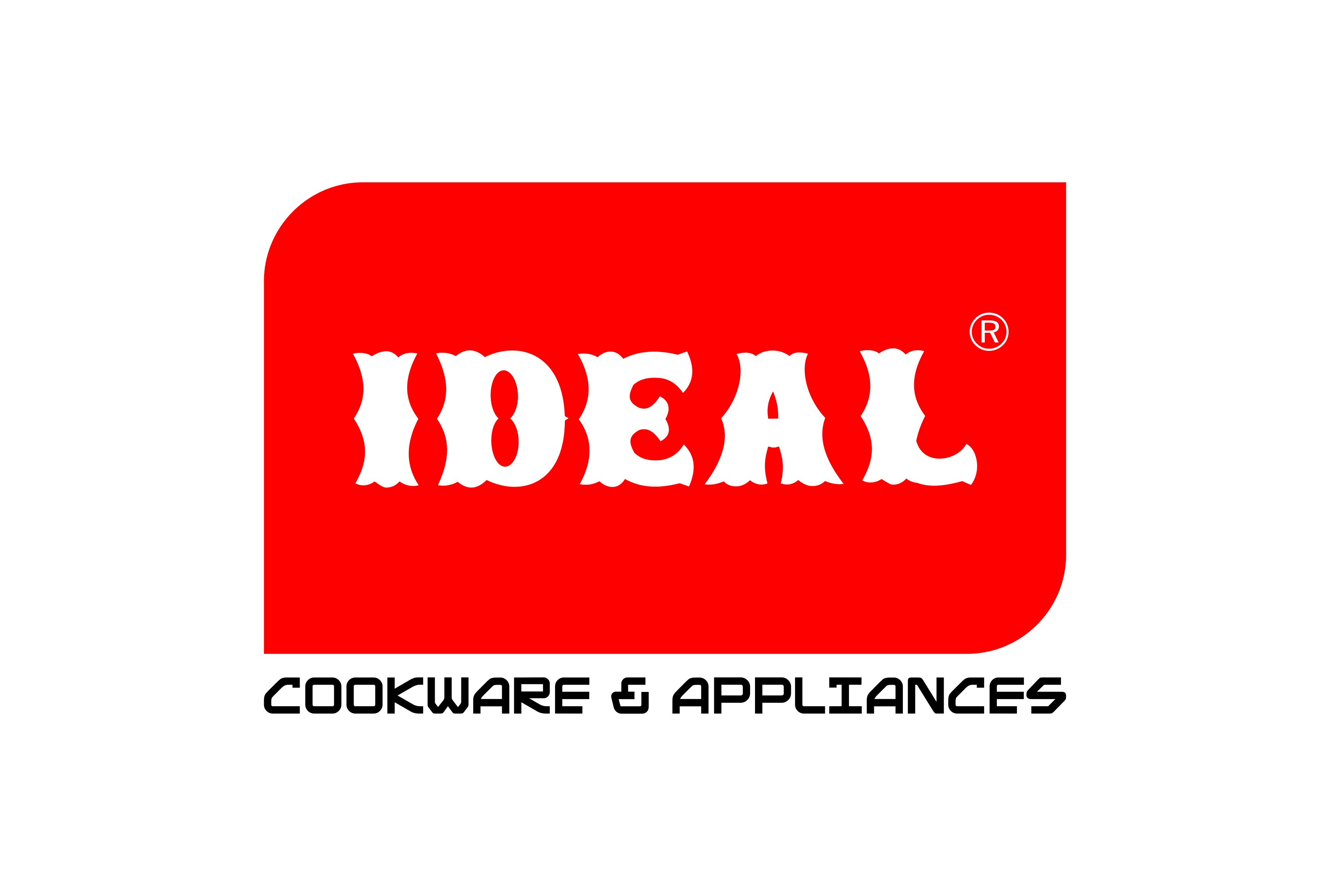How to Account for Owner’s Equity on Your Balance Sheet Leave a comment
The corporate treatment is more complicated, because corporations may have a few owners up to potentially thousands of owners (stockholders). The details of accounting for the interests of corporations are covered in Corporation Accounting. Another way to think of the connection between the income statement and balance sheet (which is aided by the statement of owner’s equity) is by using a sports analogy. The income statement summarizes the financial performance of the business for a given period of time. The income statement reports how the business performed financially each month—the firm earned either net income or net loss.
- The remaining parts of this topic will illustrate similar transactions and their effect on the accounting equation when the company is a corporation instead of a sole proprietorship.
- While the balance sheet is concerned with one point in time, the income statement covers a time interval or period of time.
- Editorial content from The Ascent is separate from The Motley Fool editorial content and is created by a different analyst team.
- However, preferred shareholders aren’t allowed to vote on company matters.
- To truly understand a business’ financials, you need to look at the big picture, not just how much its theoretical book value is.
- We follow strict ethical journalism practices, which includes presenting unbiased information and citing reliable, attributed resources.
Assets include cash and cash equivalents or liquid assets, which may include Treasury bills and certificates of deposit. Shareholder’s equity is one of the financial metrics that analysts use to measure the financial health of a company and determine a firm’s valuation. Ask a question about your financial situation providing as much detail as possible. On 1 January 2016, Sam started a trading business called Sam Enterprises with an initial investment of $100,000. For every business, the sum of the rights to the properties is equal to the sum of properties owned.
Next, we determine if there were any activities that decreased the value of the business. More specifically, we are accounting for the value of distributions to the owners and net loss, if any. The owner’s equity of a business is the residual amount left after deducting all liabilities from book value of company assets. It isn’t a measure of the value of a company, but rather a way to track both paid-in capital and retained earnings.
It’s merely a set of accounts that tracks the total capital contributed by owners plus any undistributed income of the company. Shareholder’s equity is another name for owner’s equity for companies that are organized as corporations since their owners are often referred to as shareholders. Owner’s equity is an umbrella term for the residual interest of business owners.
Corporation
On the balance sheet, the assets side represents a company’s resources with positive economic utility, while the liabilities and shareholders equity side reflects the funding sources. In this form, it is easier to highlight the relationship between shareholder’s equity and debt (liabilities). As you can see, shareholder’s equity is the remainder after liabilities have been subtracted from assets.
The simple explanation of owner’s equity is that it is the amount of money a business would have left if it shut down its operations, sold all of its assets, and paid off its debts. The repayment of a business loan from a business bank account does not affect the owner’s equity because it reduces the total assets and total liabilities leaving the equity unchanged. However, if a business piles up considerable losses instead of profits, its assets may not cover the full amount of its liabilities, i.e., negative owner’s equity.
What Is a Real-World Example of the Accounting Equation?
Here’s everything you need to know about owner’s equity for your business. To find the owner’s equity, you’d take $65,000 and subtract $15,000, which equals $50,000. Over 1.8 million professionals use CFI to learn accounting, financial analysis, modeling and more. Start with a free account to explore 20+ always-free courses and hundreds of finance templates and cheat sheets. The articles and research support materials available on this site are educational and are not intended to be investment or tax advice.
It’s what’s left over for the owner after you’ve subtracted all the liabilities from the assets. Let’s assume that Jake owns and runs a computer assembly plant in Hawaii and he wants to know his equity in the business. The balance sheet also indicates that Jake owes the bank $500,000, creditors $800,000 and the wages and salaries stand at $800,000. Owner’s equity https://www.wave-accounting.net/ can increase through an increase in retained earnings (profits) or from an investment in the company from the owner or outside investor. An owner’s equity total that increases year to year is an indicator that your business has solid financial health. Most importantly, make sure that this increase is due to profitability rather than owner contributions.
How confident are you in your long term financial plan?
That is, each entry made on the debit side has a corresponding entry (or coverage) on the credit side. The remaining parts of this topic will illustrate similar transactions and their effect on the accounting equation when the company is a corporation instead of a sole proprietorship. If you look at the balance sheet, you can see that the total owner’s equity is $95,000.
Now it is time to bake the cake (i.e., prepare the financial statements). We have all of the ingredients (elements of the financial statements) ready, so let’s now return to the financial statements themselves. Let’s use as an example a fictitious company named Cheesy Chuck’s Classic Corn. This company is a small retail store that makes and sells a variety of gourmet popcorn treats. It is an exciting time because the store opened in the current month, June.
Finally, we determine the amount of equity the owner, Cheesy Chuck, has in the business. The amount of owner’s equity was determined on the statement of owner’s equity in the previous step ($16,850). If you take the total assets of Cheesy Chuck’s of $18,700 and subtract the total liabilities of $1,850, you get owner’s equity of $16,850.
The difference in these two values (the original cost and the ending value) will be allocated over a relevant period of time. As an example, assume a business purchased equipment for $18,000 and the equipment will be worth $2,000 after four years, giving an estimated decline in value (due to usage) of $16,000 ($18,000 − $2,000). The business will allocate $4,000 of the equipment cost over each of the four years ($18,000 minus $2,000 over four years).
Paid-in capital or contributed capital are contributions of the business owners while retained earnings are the accumulated net income and losses throughout the life of the business. The fundamental accounting equation, as mentioned earlier, states that total assets are equal to the sum of forced resignation letter the total liabilities and total shareholders equity. The balance sheet is also known as the statement of financial position and it reflects the accounting equation. The balance sheet reports a company’s assets, liabilities, and owner’s (or stockholders’) equity at a specific point in time.
Working capital is calculated as current assets minus current liabilities. Cheesy Chuck’s has only two assets, and one of the assets, Equipment, is a noncurrent asset, so the value of current assets is the cash amount of $6,200. Since this amount is over $0 (it is well over $0 in this case), Chuck is confident he has nothing to worry about regarding the liquidity of his business. Assume that Chuck, the owner of Cheesy Chuck’s, wants to assess the liquidity of the business. This is a reasonable assumption as this is the first month of operation and the equipment is expected to last several years. We also assume the Accounts Payable and Wages Payable will be paid within one year and are, therefore, classified as current liabilities.
Additionally, the sales price of a business will vary depending on the purchaser’s value of the company’s cash flows, intellectual property and many other factors. So as an example of equity accounts, if the assets of a business are worth $100,000, and there is business debt in the amount of $25,000, then owner’s equity will be $75,000. Another example is a business that owns land worth $40,000, equipment worth $15,000, and cash totaling $10,000. If the business owes $10,000 to the bank and also has $5,000 in credit card debt, its total liabilities would be $15,000.

